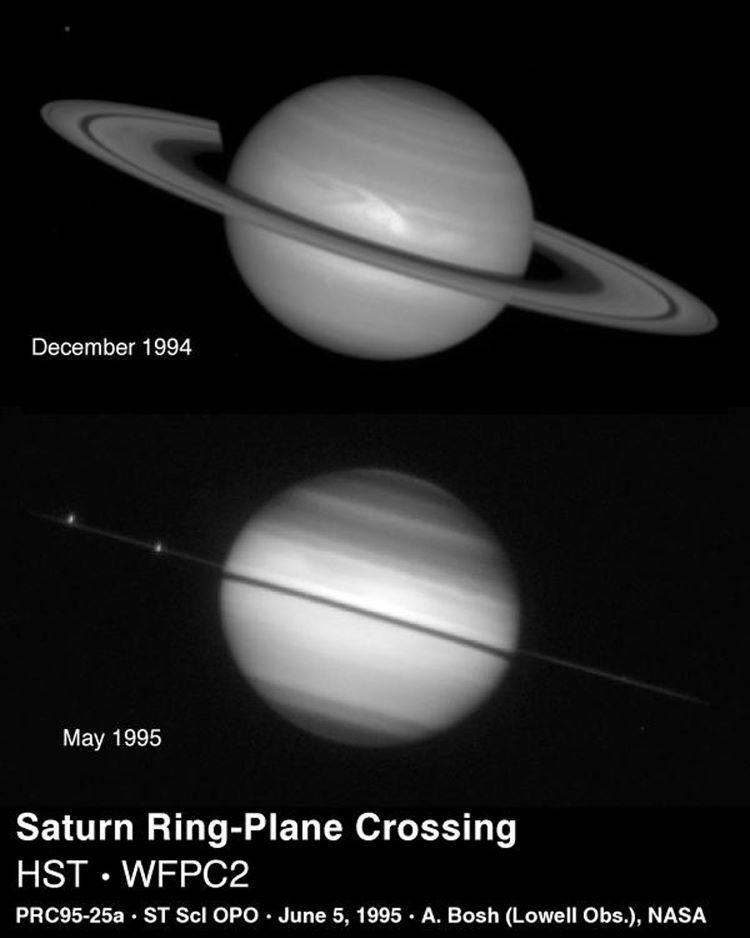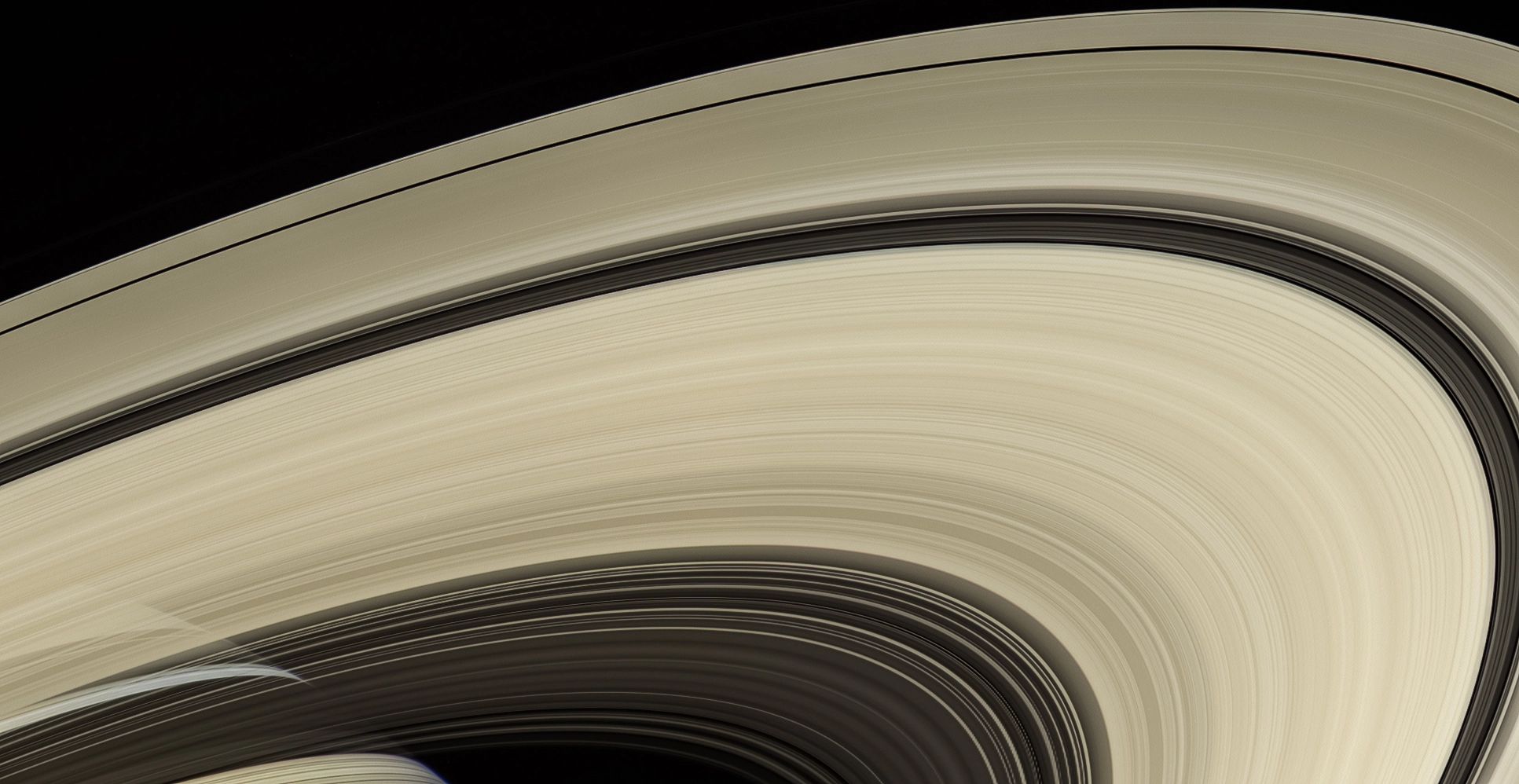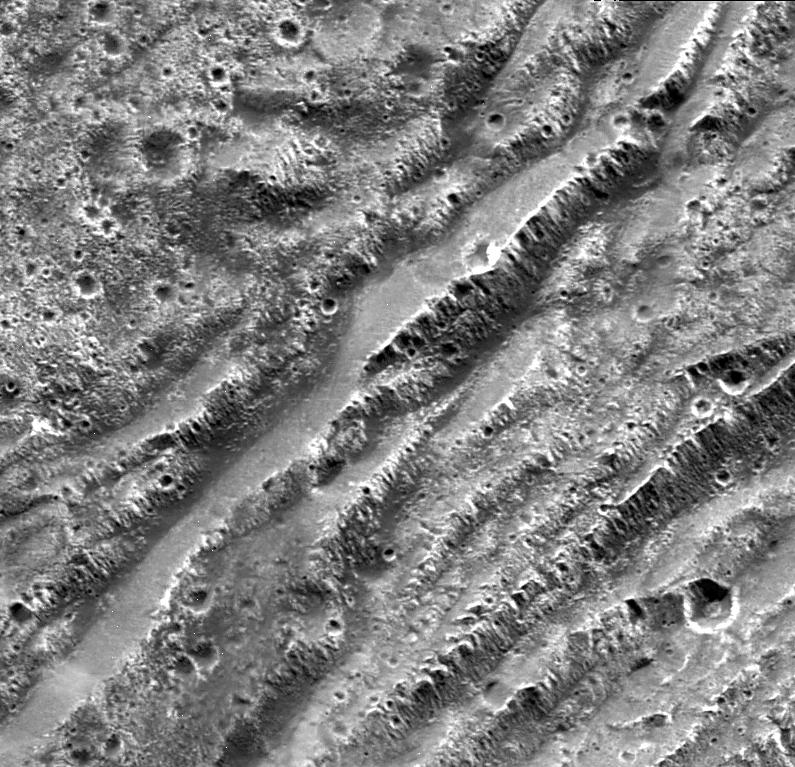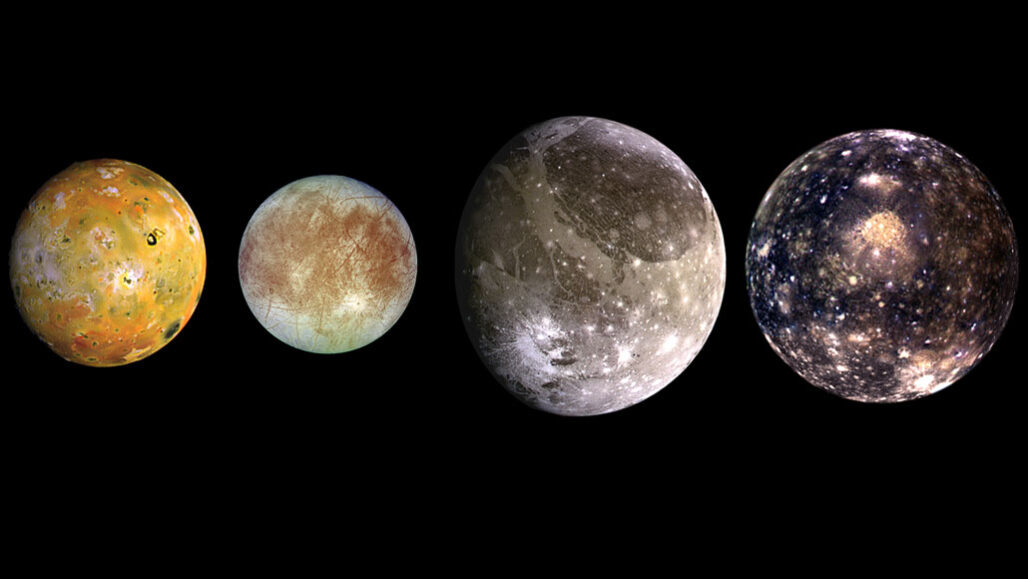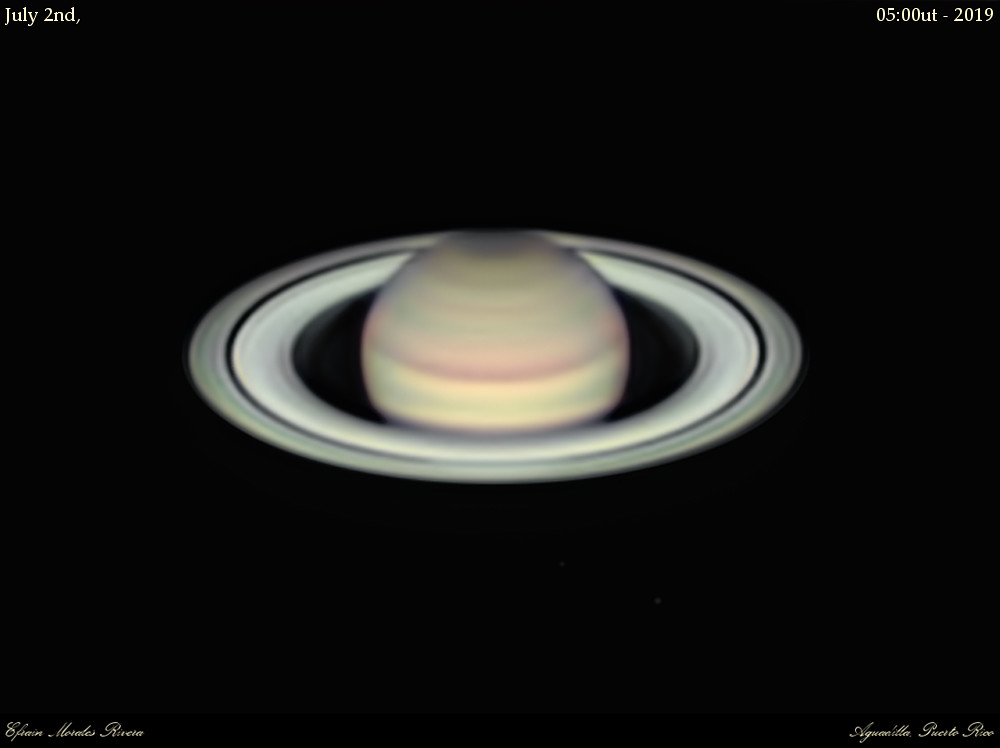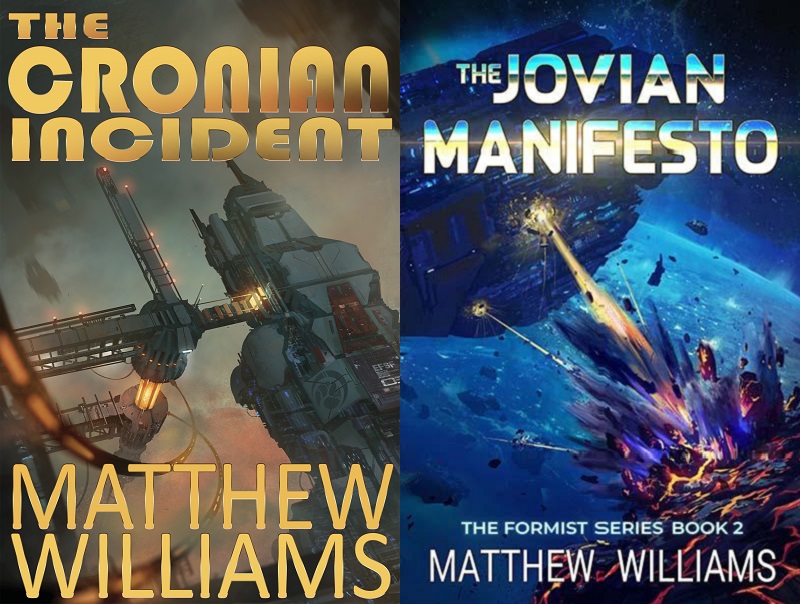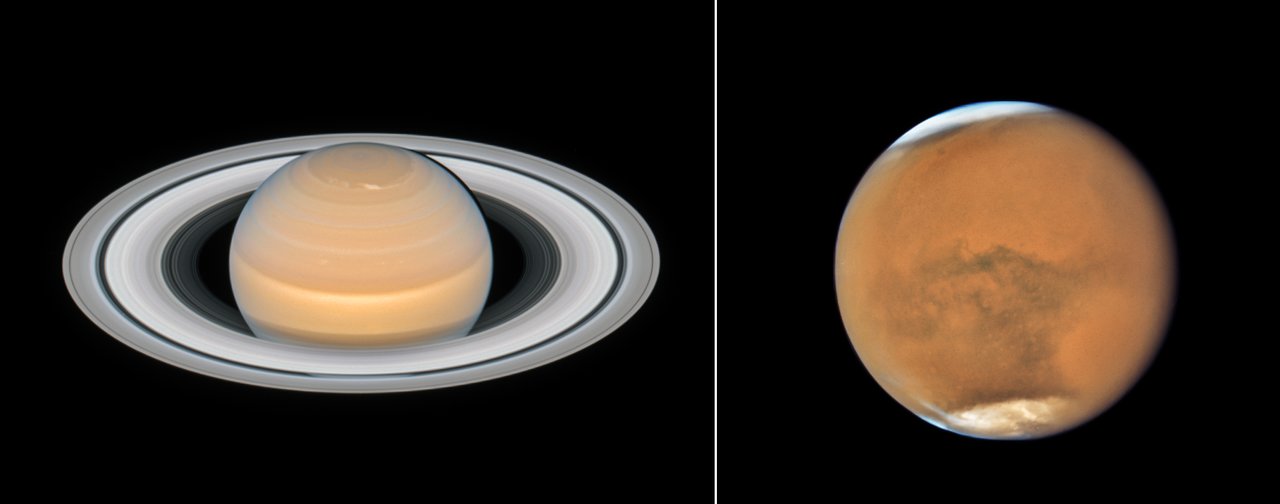A recent study published in Nature presents a groundbreaking discovery that Saturn’s moon, Mimas, commonly known as the “Death Star” moon due to its similarities with the iconic Star Wars space station, possesses an internal ocean underneath its rocky crust. This study was conducted by an international team of researchers and holds the potential to help planetary geologists better understand the conditions for a planetary body to possess an internal ocean, which could also possess the conditions for life as we know it. While Mimas was photographed on several occasions by NASA’s Cassini spacecraft, including a close flyby in February 2010, what was the motivation behind this recent study regarding finding an internal ocean on Mimas?
Continue reading “Saturn’s “Death Star Moon” Mimas Probably has an Ocean Too”Saturn’s “Death Star Moon” Mimas Probably has an Ocean Too


